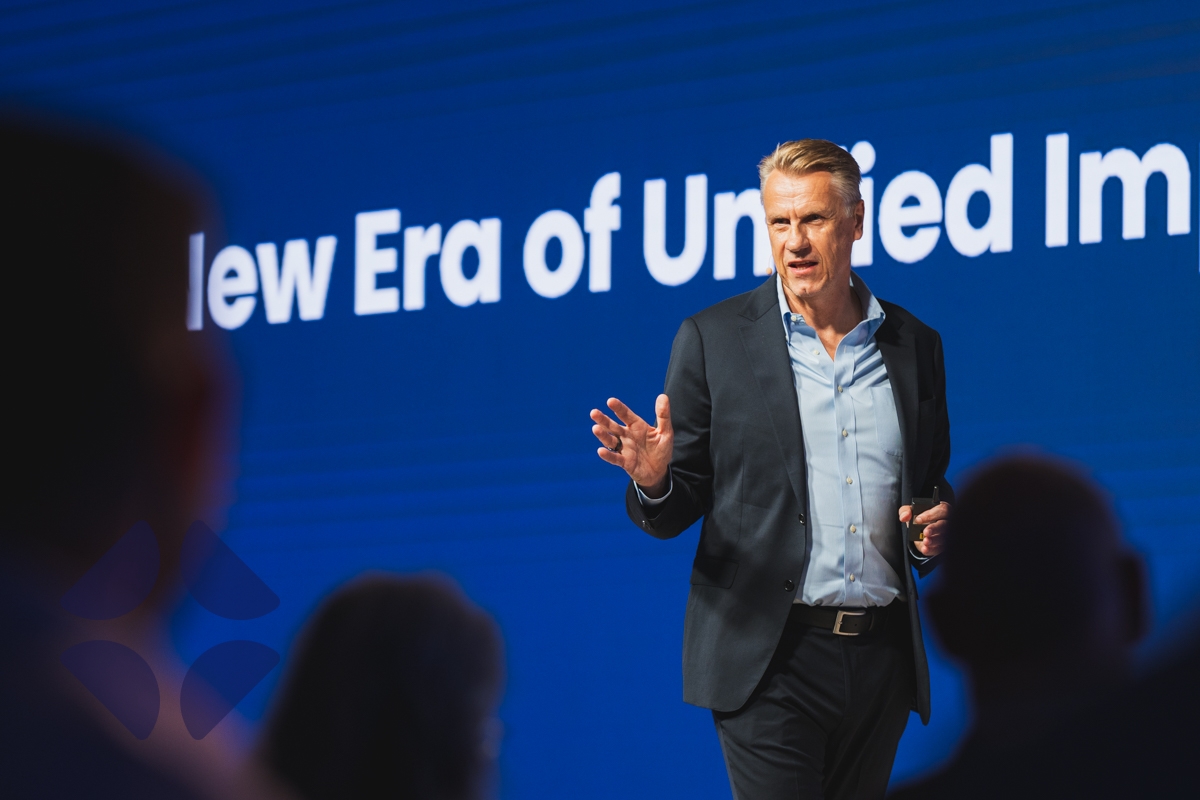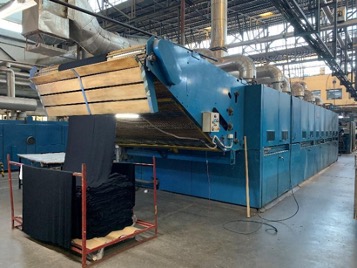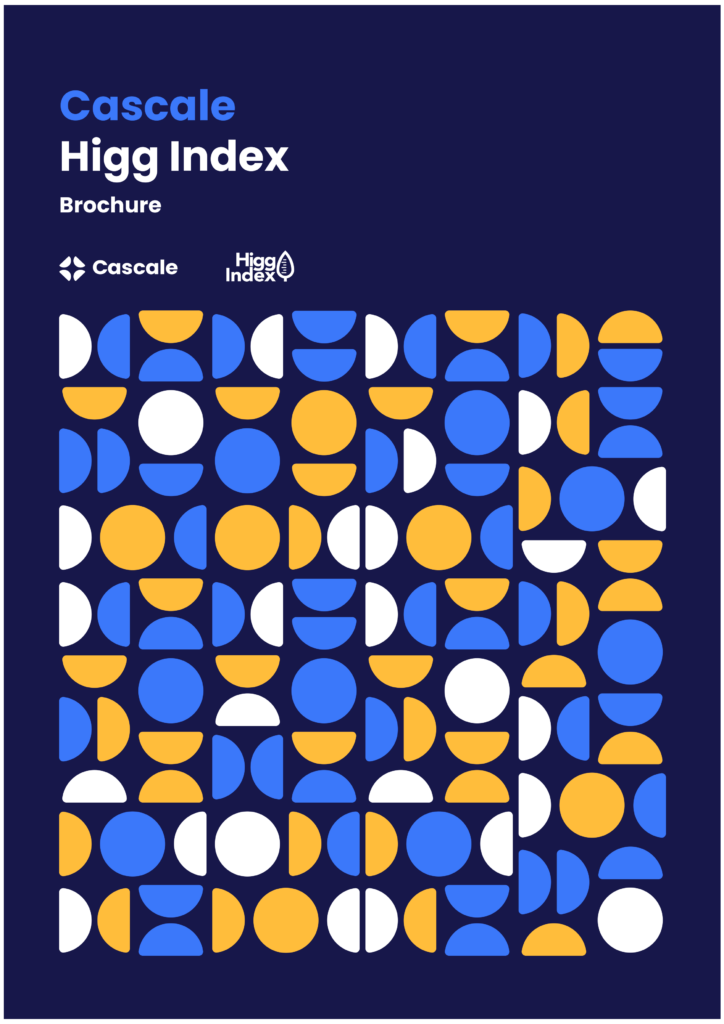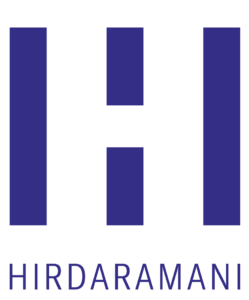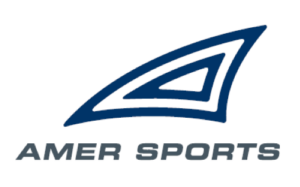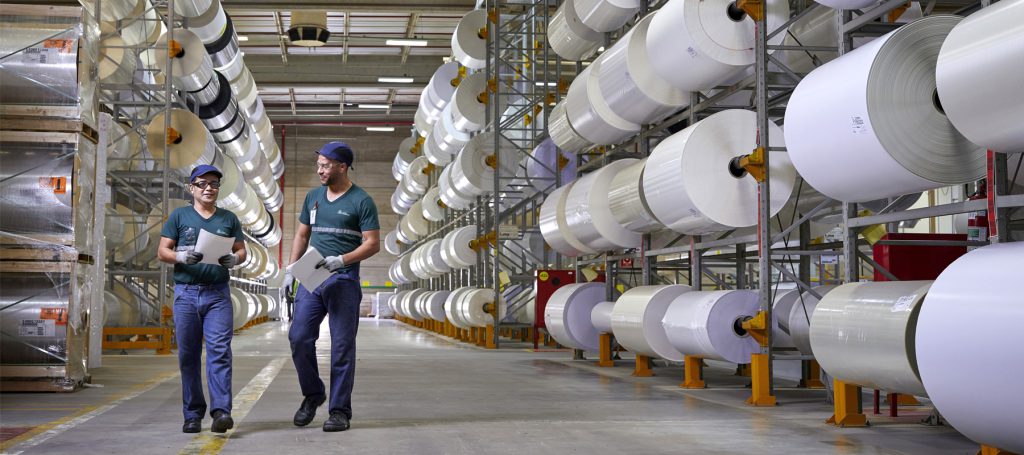- The Sustainable Apparel Coalition (SAC) has today released a major update to the Higg Brand & Retail Module (BRM) to more effectively deliver on industry needs and drive positive impact.
- The update follows a process of rigorous consultation between the SAC, its members, Apparel Alliance partners Textile Exchange and ZDHC and other industry experts.
- The result is a tool which will help brands and retailers to better assess their Environmental, Social and Governance (ESG) performance along their entire global value chain, in order to improve performance.
- In order to drive positive impact at scale the tool now has greater alignment with ‘best in class’ frameworks on issues such as biodiversity, or responsible purchasing practices.
San Francisco, Amsterdam, Hong Kong – March 01, 2023: The Sustainable Apparel Coalition (SAC), in collaboration with technology partner Higg, has today released the latest version of the Higg Brand & Retail Module (BRM), one of the five assessment tools in the Higg Index. The Higg BRM is a leading, holistic framework that creates an industry specific method for brands and retailers to evaluate, report on and improve Environmental, Social and Governance (ESG) performance along their global value chains. The SAC has invested in a major update of the tool which will feature a new assessment structure and updated methodology, underpinned by a due diligence approach. The update will encourage brands and retailers to focus on real action, impact and results.
Recent findings from The Industry We Want, in partnership with Fair Wear, the Ethical Trading Initiative (ETI) and the Sustainable Apparel Coalition (SAC), has revealed the apparel and footwear industry is not making fast enough progress on purchasing practices, supply chain wages and greenhouse gas (GHG) emissions. In order to drive the scale of transformation needed, brands and retailers need a clear and standardized picture of their environmental and social hotspots, to create a clear roadmap for transformation.
This new version of the assessment has been reorganized across 11 key areas, split across three pillars (environmental impacts, social impacts, governance) to be more relevant to where the industry needs to drive change, faster. The assessment has added biodiversity as a new impact area and now features more in depth questions on water and circularity as key impact areas and levers of change in the tool. The questions have also been revised to align with best in class standards; for example alignment with best practice guidance on responsible purchasing practices. Additionally, the scoring methodology has been simplified so it can be shared with users openly. The Higg BRM now provides one finite score out of 100, in addition to score breakdowns per pillar and impact area, making it easier to understand, communicate and benchmark against peers.
The assessment has been restructured to provide greater value for different organizations to prioritize our industry’s pressing ESG issues and focusing on impacts and results. Other benefits include the reduction of reporting burden through alignment with relevant frameworks and by eliminating the duplication across the entire questionnaire.
The update is based on research by the SAC’s Higg BRM team and is the result of one year of consultations and with over 75 stakeholders including members and industry experts to ensure close alignment with standard assessment protocols. It has been developed in collaboration with members, key partner organizations including Apparel Alliance members Textile Exchange and ZDHC who contributed to the development of specific content on materials, biodiversity, circularity and chemicals. The SAC also engaged STTI and the Multi-Stakeholder Initiatives Working Group of the Common Framework of Responsible Purchasing Practice (CFRPP), represented by Fair Wear, who provided input and feedback on the responsible purchasing practices section of the assessment. SAC members across all territories were also consulted and the SAC hosted three regional roundtables to ensure all geographies were represented.
Jeremy Lardeau, Vice President, Higg Index at the Sustainable Apparel Coalition, said: “We are excited to release the latest version of our Higg Brand & Retail Module, which marks a major milestone for the SAC. This update is the result of an incredible level of engagement with experts and stakeholders from across the industry, to whom we are truly grateful for the time and input provided. This process has allowed us to better align with existing industry assessment frameworks, and make sure we are addressing the needs and expectations of our members and the industry at large. Our tools must evolve to continuously improve, and while this update is a step in that direction, we will continue to iterate the BRM as the industry progresses, legislation evolves and we continue to gather insights and feedback from BRM users and other stakeholders.”
Maravillas Rodriguez Zarco, Director, Higg Brand & Retail, at the Sustainable Apparel Coalition, said: “The release of the latest version of our Higg Brand & Retail Module is a clear reflection of our mission at the SAC to transform business for exponential impact through groundbreaking tools, collaborative partnerships, and trusted leadership for industry sustainability. From the new assessment structure, to the updated methodology, we are proud of the work we have done to get to this point, we believe the latest version will provide deeper insights and value for brands and retailers and we look forward to continuing supporting them on their sustainability journeys.”
Magnus Dorsch, Head of Corporate Sustainability, About You said:
“The launch of the updated Higg BRM marks a major milestone for the SAC, its members, and the industry at large. We are honored to have contributed to the work that went into the development of the new version. Since joining the SAC in January 2021 and adopting the Higg BRM, we have supported our brand partners in aligning on a unified approach towards sustainable practices, helping them understand where they stand regarding their sustainability journeys and how to continue to support them to improve and drive progress. We believe the updated Higg BRM will serve to help us continue calibrating our ESG strategy to ensure consistency in our progress and reporting and look forward to seeing how it continues to evolve to meet the needs of the industry.”
Sarah Needham, Director of Stakeholder Engagement, Textile Exchange said:
“It is exciting to see the Sustainable Apparel Coalition’s investment to move the Higg Brand & Retail Module in this direction, adding crucial updates including biodiversity as a new impact area and moving to closer alignment with our Materials Benchmark program (formally known as Corporate Fiber and Material Benchmark). We are pleased that as a part of the apparel alliance, we can continue to support on progressing our shared goal of moving the industry towards 45% GHG reduction by 2030 by providing a source for raw materials uptake information, and collaborate to streamline reporting across the fashion, apparel and textile industry.”
Klaas Nuttbohm, ZDHC Implementation Director said:
“We are excited for the opportunity to collaborate with the SAC and create greater alignment between the two organizations. The integration of the ZDHC Brands to Zero Assessment (BtZ) into the Higg BRM means a big step forward for both our organizations. This is a major advance for the apparel alliance partners to align the programmes and tools which will lead to the opportunity for our Contributor Brands to benefit from utilizing the BtZ results in the BRM reporting.”
Margreet Vrieling Fair Wear, chair of the Multi-Stakeholder Initiatives Working Group on the CFRPP, said: “We welcome the efforts of the Sustainable Apparel Coalition to seek closer alignment to the Common Framework for Responsible Purchasing Practices, developed by the MSI working group, within its Higg Brand & Retail Module. Identifying and assessing the risks and negative impacts of purchasing practices in the buyer-supplier relationship is key to mitigate negative effects on suppliers and workers. By using the responsible purchasing practices as they have been laid down in the Common Framework as input for the BRM responsible purchasing practices questions, the SAC reinforces the importance of collaboration and convergence to drive progress within our industry.”
Karin Ekberg GmbH, Founder & CEO Leadership & Sustainability said:
“The launch of the new BRM module is a great step forward for SAC and its members. It has been a pleasure for us at Leadership & Sustainability to be part of the process to develop the new BRM. As it is now aligned with international ESG standards and expectations, we believe this version will meet market demands, will support brands and retailers to measure and improve their ESG performance as well as communicate their efforts in a transparent and trustworthy manner. Congratulations to the SAC team and all contributing members!”
Brands and retailers can use the Higg BRM to understand their performance in these areas: Environment: climate, water, waste, biodiversity and chemicals; Social: workers, employees, consumers and communities; Governance: structure and management, ethics and behavior.
The updated Higg BRM is now available for brands and retailers to measure and report on their ESG impacts to understand their progress and identify areas for improvement with clarity and transparency. If your organization is interested in using the Higg BRM, please find more information here.
– ENDS –
About the Sustainable Apparel Coalition:
The Sustainable Apparel Coalition (SAC) is an independent and impact-creating organization that aims to lead the industry toward a shared vision of sustainability based upon a joint approach for measuring, evaluating, and improving performance.
As a non-profit organization, it has members from across the apparel, footwear and textile sector, but exists independently outside any one company so that it can drive progress. The SAC’s collective action efforts bring more than 280 global brands, retailers, manufacturers, NGOs, academics and industry associations together. They represent about half of the apparel and footwear industry along the whole supply chain – from sustainability pioneers to organizations just getting started.
Before the SAC existed, companies worked in a siloed way, using their own programs and measurements that lacked standardization and an ability to drive collective action. In 2009, Walmart and Patagonia identified this as a serious problem. Joining forces, they brought together peers and competitors from across the sector, to develop a universal approach to measuring sustainability performance and founded the Sustainable Apparel Coalition.
